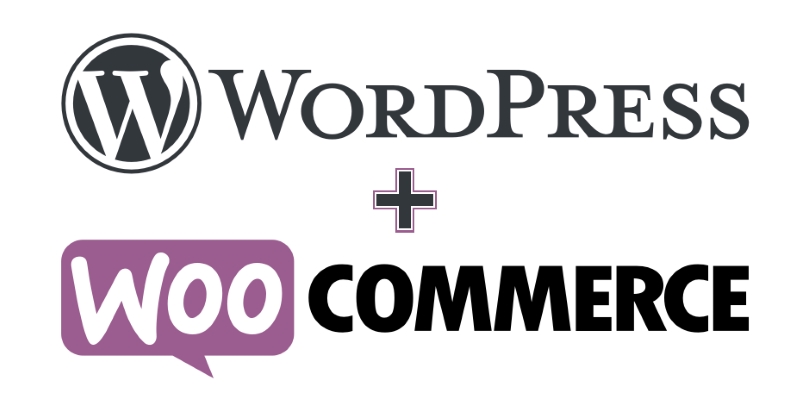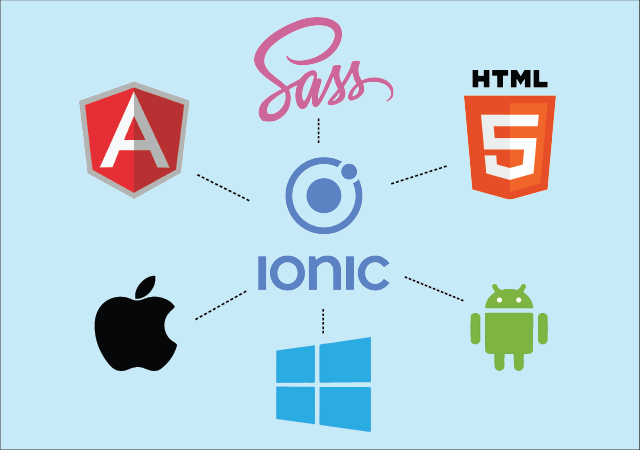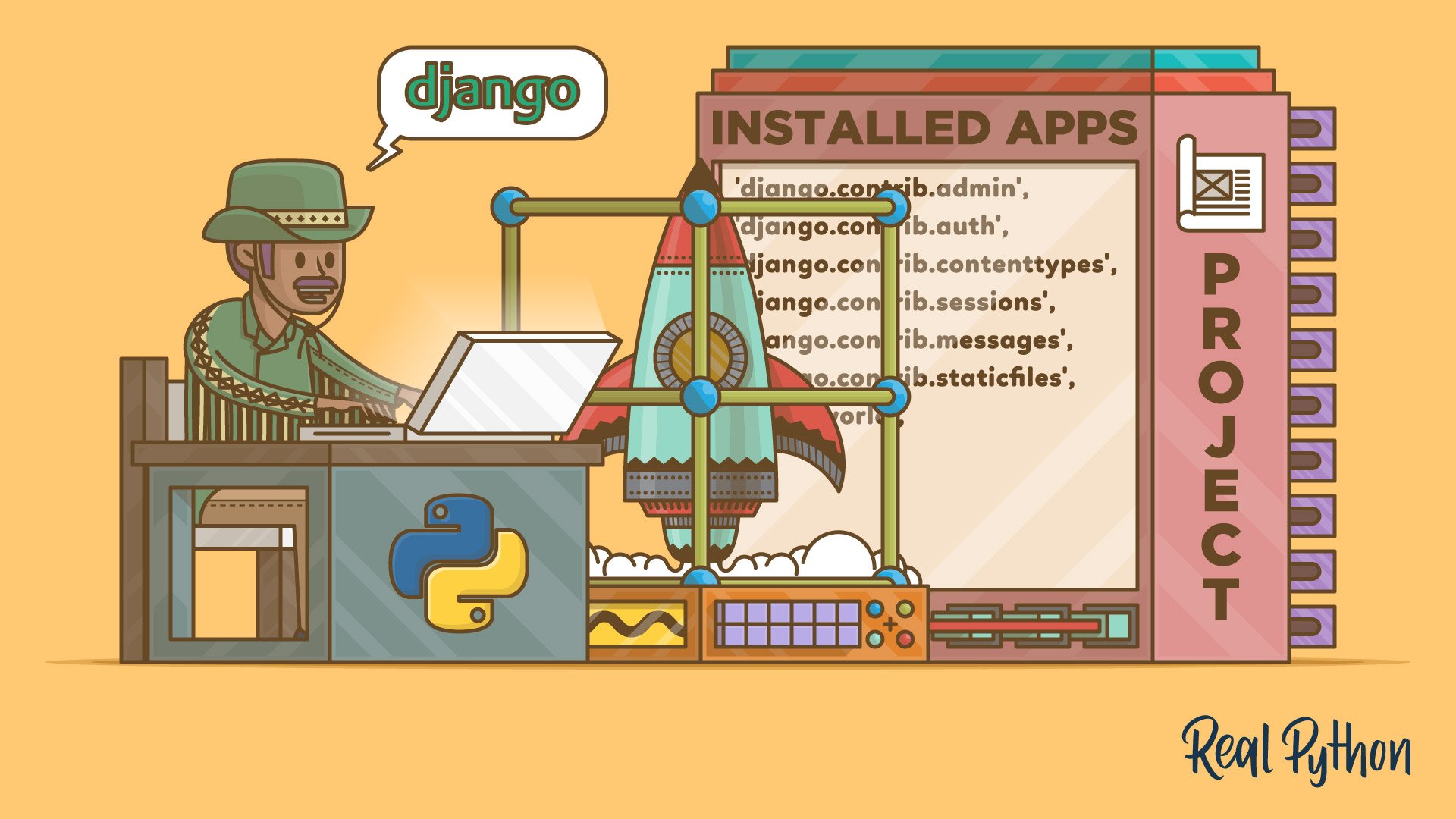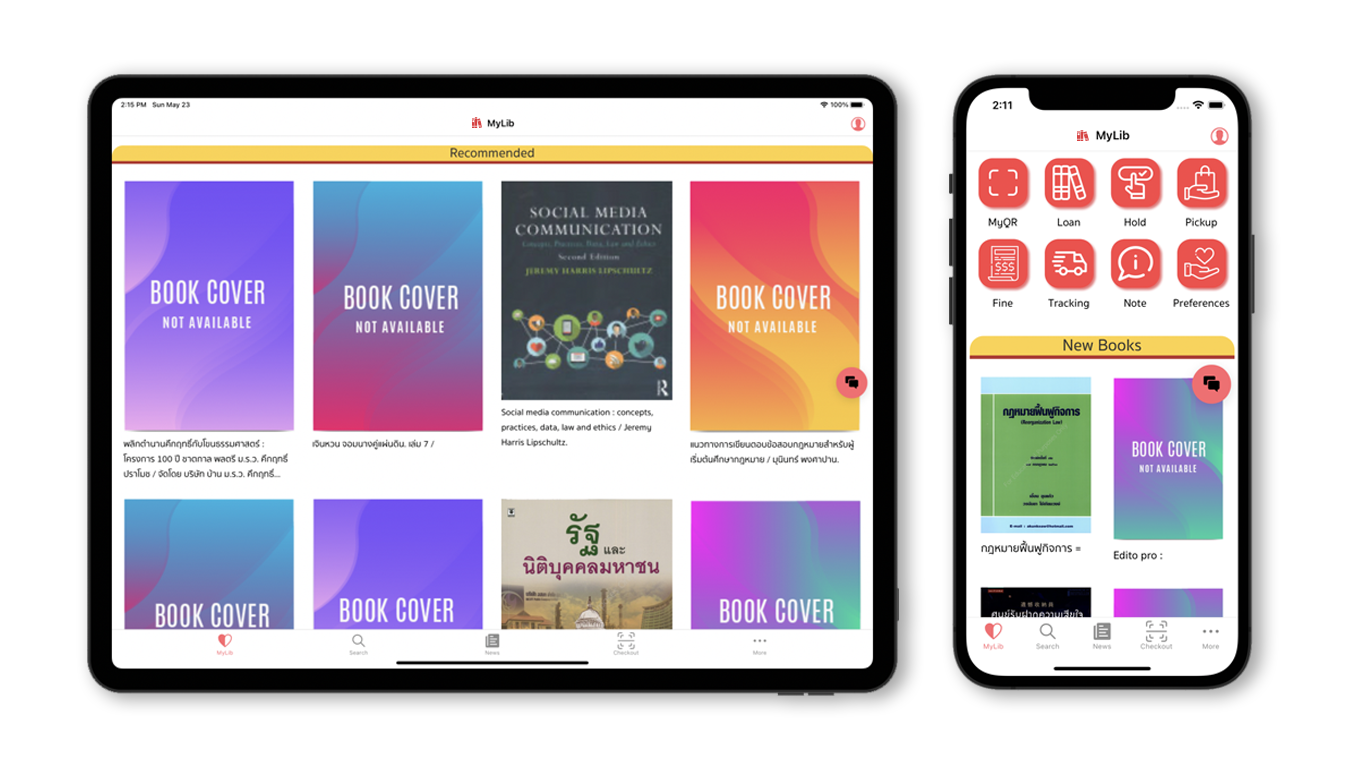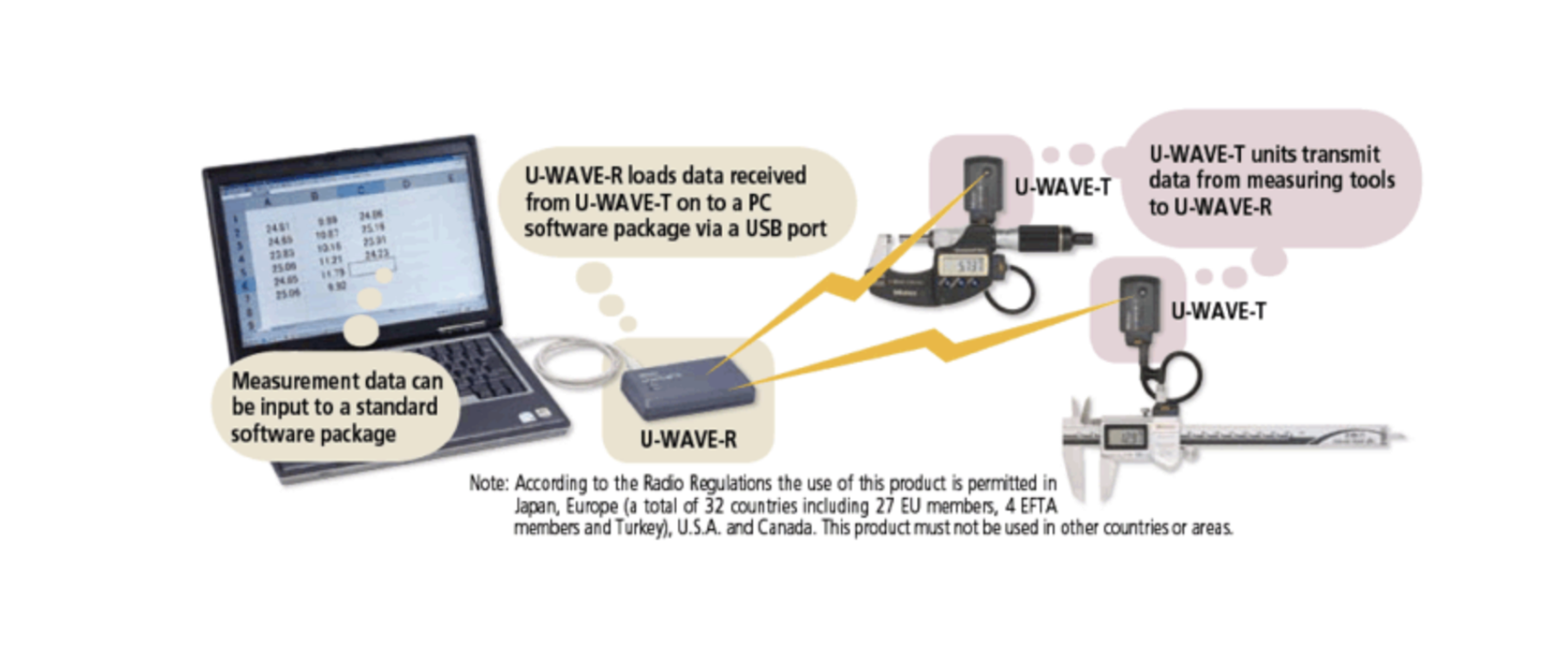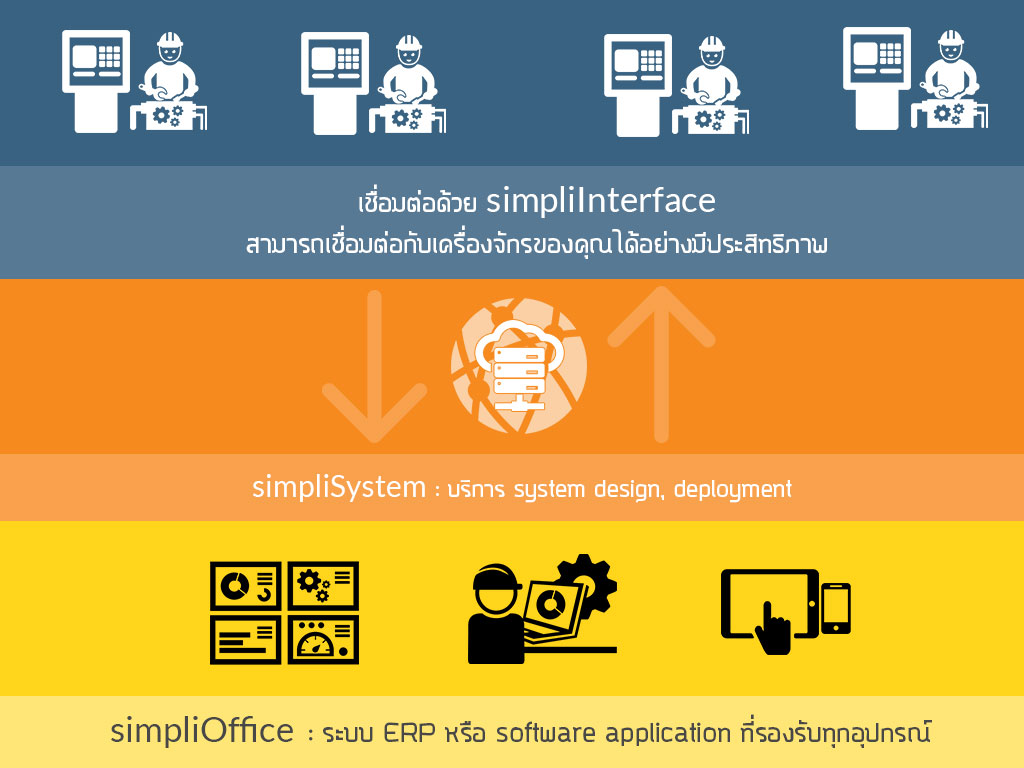How to Build a Made-to-Order Product System That Boosts Sales & Customer Satisfaction
Give customers the power to design what they want — and give your team the tools to fulfill it efficiently.
🤔 What Is a Made-to-Order (M2O) System?
An M2O system lets your customers (or internal team) configure products with:
- Custom dimensions (e.g. 120 cm × 150 cm)
- Options like materials, colors, or accessories
- Instant pricing
- Work orders ready for production
You can sell everything from custom doors to designer tables — all made on demand.
🔧 Key Capabilities
| Capability | Description |
|---|---|
| Product configurator | Dropdowns for materials, finishes, and add-ons |
| Custom dimension support | Size inputs like width/height |
| Real-time pricing | Auto calculation based on configuration |
| Work order generation | Send ready-to-build data to production |
| Rule validation | Prevent invalid combos (e.g., material not available for large sizes) |
🗺️ Flowchart: From Product Config to Production
flowchart TD
A["Customer or Salesperson selects Product"]
B["Chooses options (e.g., Material, Glass)"]
C["Inputs dimensions (Width x Height)"]
D["System calculates price & shows breakdown"]
E["User confirms and submits"]
F["Work order created"]
G["Production team receives job"]
A --> B --> C --> D --> E --> F --> G🧾 Real-World Example: Kacee Windows Co., Ltd.
Industry: Custom Aluminum & uPVC Windows
Before M2O:
- Sales team used Excel sheets to quote custom orders.
- Factory had frequent rework due to miscommunication.
- Customers waited 2–3 days for pricing.
After M2O Implementation:
- Product options and dimensions selected on tablet via app
- Instant pricing with full breakdown
- PDF work orders generated and sent to production line
- Lead times reduced by 30%
- Zero quoting errors after automation
Bonus: Their system now supports QR code job tracking and automated material usage calculation.
🧩 How It Works With Your Website or Factory
Your M2O system can:
- Be embedded in your website or POS system
- Send confirmed orders to your ERP, MES, or factory email
- Generate PDFs or barcodes for assembly team
- Be connected to stock tracking and cut-list generation
No need to replace your ERP — just connect via API or file export.
🎯 Business Benefits
✅ Faster sales and quoting
✅ Error-free handoff to production
✅ Increased upselling with clear options
✅ Improved customer experience and transparency
🔚 Final Thoughts
Offering made-to-order products doesn’t have to be messy or manual.
With the right system, you can:
- Configure complex products easily
- Price dynamically
- Link directly with your production team
- Scale your custom product line without scaling your headache
Want to See a Live Demo?
✅ We’ll walk you through a working example
✅ Show how it fits your current workflow
✅ Share templates, APIs, and UI components
📩 Contact us to get started.
Get in Touch with us
Related Posts
- Vertical AI Use Cases Every Local Government Actually Needs
- 多部门政府数字服务交付的设计(中国版)
- Designing Digital Service Delivery for Multi-Department Governments
- 数字政务服务在上线后失败的七个主要原因
- The Top 7 Reasons Digital Government Services Fail After Launch
- 面向市级与区级政府的数字化系统参考架构
- Reference Architecture for Provincial / Municipal Digital Systems
- 实用型 GovTech 架构:ERP、GIS、政务服务平台与数据中台
- A Practical GovTech Architecture: ERP, GIS, Citizen Portal, and Data Platform
- 为什么应急响应系统必须采用 Offline First 设计(来自 ATAK 的启示)
- Why Emergency Systems Must Work Offline First (Lessons from ATAK)
- 为什么地方政府的软件项目会失败 —— 如何在编写代码之前避免失败
- Why Government Software Projects Fail — And How to Prevent It Before Writing Code
- AI 热潮之后:接下来会发生什么(以及这对中国企业意味着什么)
- After the AI Hype: What Always Comes Next (And Why It Matters for Business)
- 为什么没有系统集成,回收行业的 AI 项目往往会失败
- Why AI in Recycling Fails Without System Integration
- ISA-95 vs RAMI 4.0:中国制造业应该如何选择(以及为什么两者缺一不可)
- ISA-95 vs RAMI 4.0: Which One Should You Use (And Why Both Matter)
- 为什么低代码正在退潮(以及它正在被什么取代)





